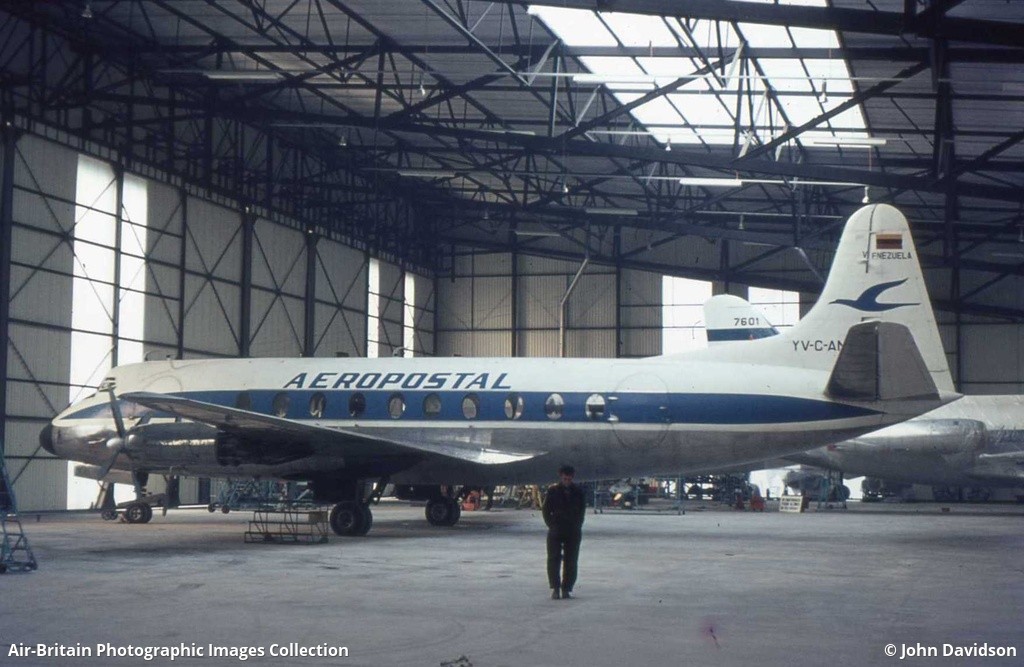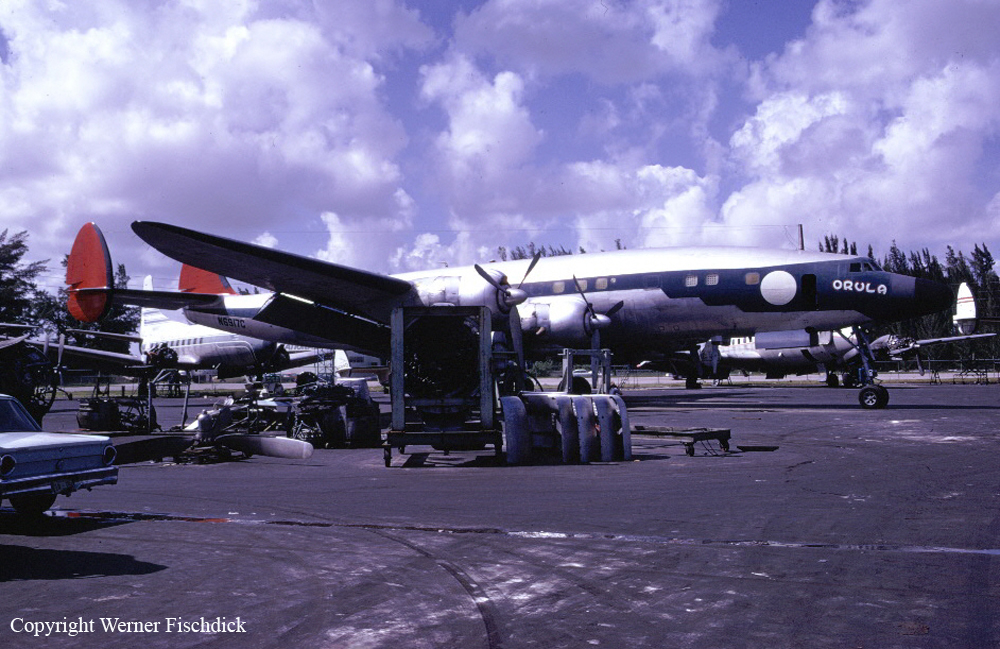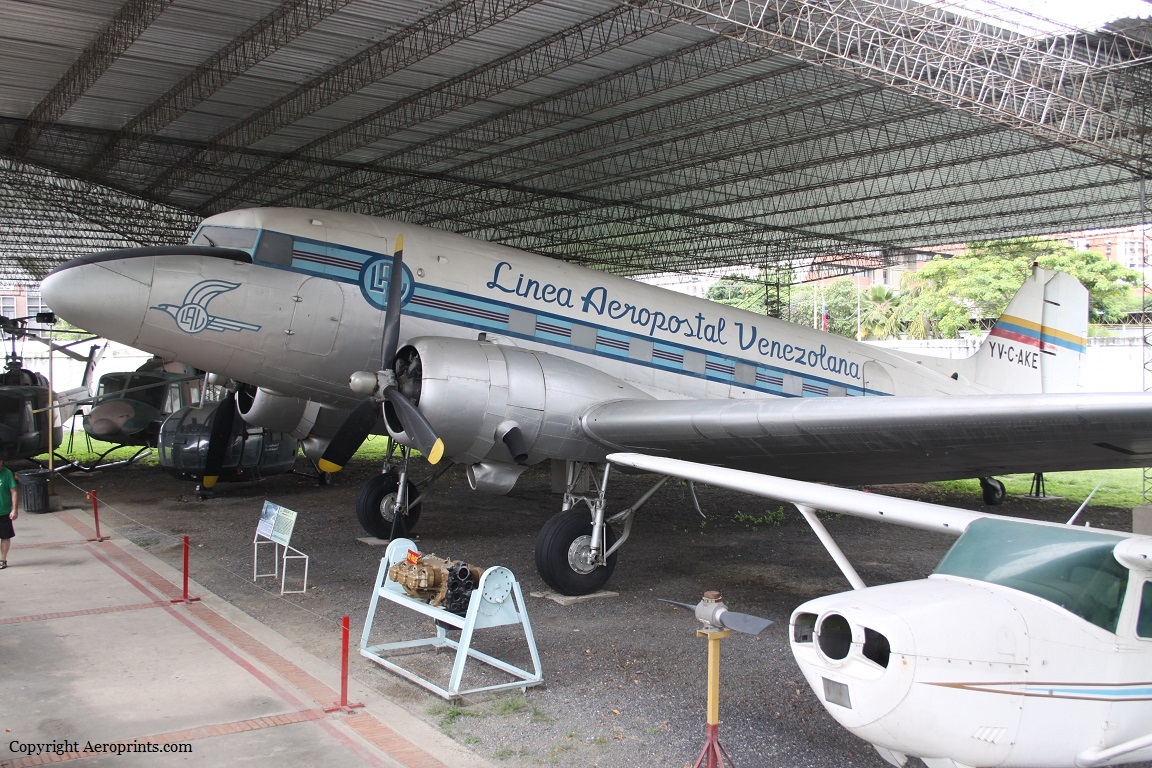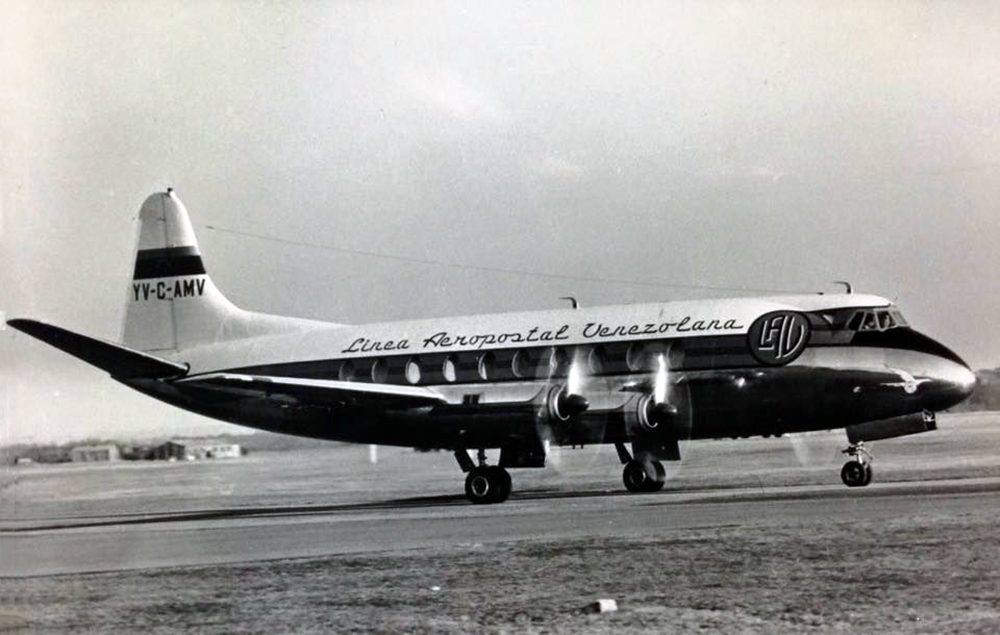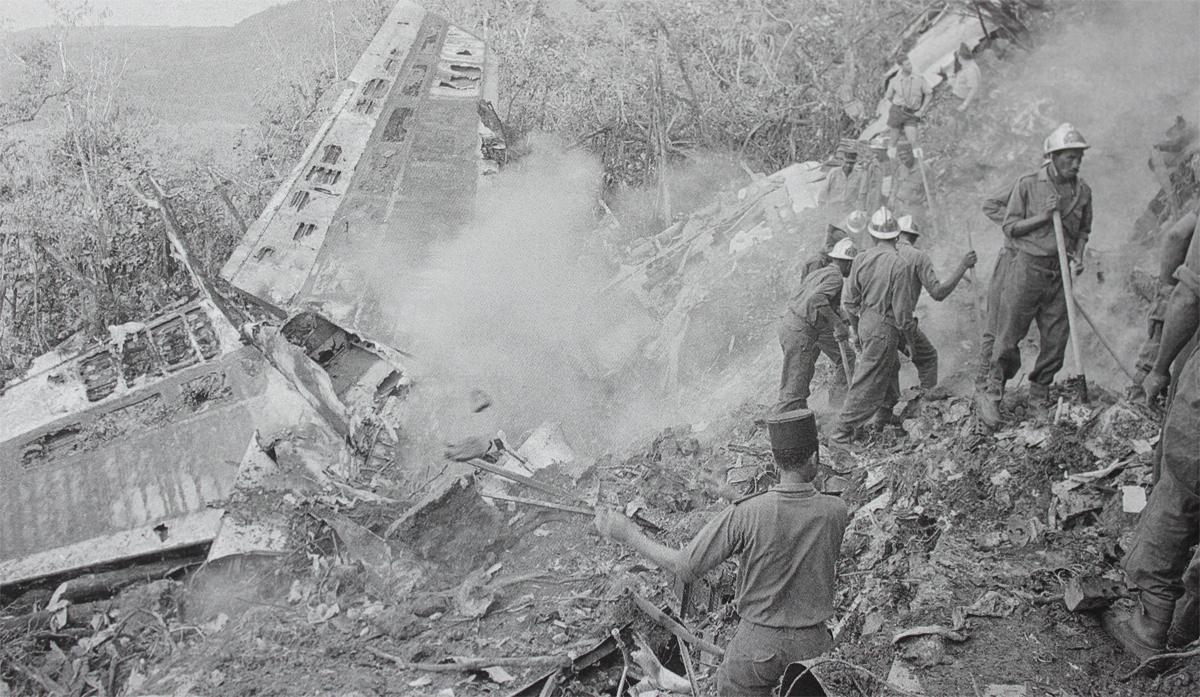Crash of a Vickers 749 Viscount in Porlamar: 48 killed
Date & Time:
Aug 14, 1974 at 0920 LT
Registration:
YV-C-AMX
Survivors:
No
Schedule:
Caracas - Porlamar
MSN:
95
YOM:
1956
Crew on board:
4
Crew fatalities:
Pax on board:
44
Pax fatalities:
Other fatalities:
Total fatalities:
48
Circumstances:
While descending to Porlamar-Del Caribe-General en Jefe Santiago Mariño Airport, the crew encountered poor weather conditions with low visibility and heavy rain falls. In accordance with ATC, the crew decided to divert to Cumaná Airport and while completing a turn to change heading, the four engine airplane struck the peak La Gloria located about 10 km northeast of Porlamar Airport. The wreckage was found eight meters below the summit and the copilot, seriously injured, was evacuated to an hospital in Caracas while 47 other occupants were killed. 17 days later, the copilot Ivan Rodolfo Magallanes died from his injuries.
Probable cause:
It is believed that the crew may have lost his orientation during the few seconds preceding impact with the ground, maybe following a malfunction of several instruments whose parameters were probably badly influenced by static electricity accumulated in the stormy weather. At the time of the accident, hurricane 'Alma' was approximately 100 km east of Margarita Island.
